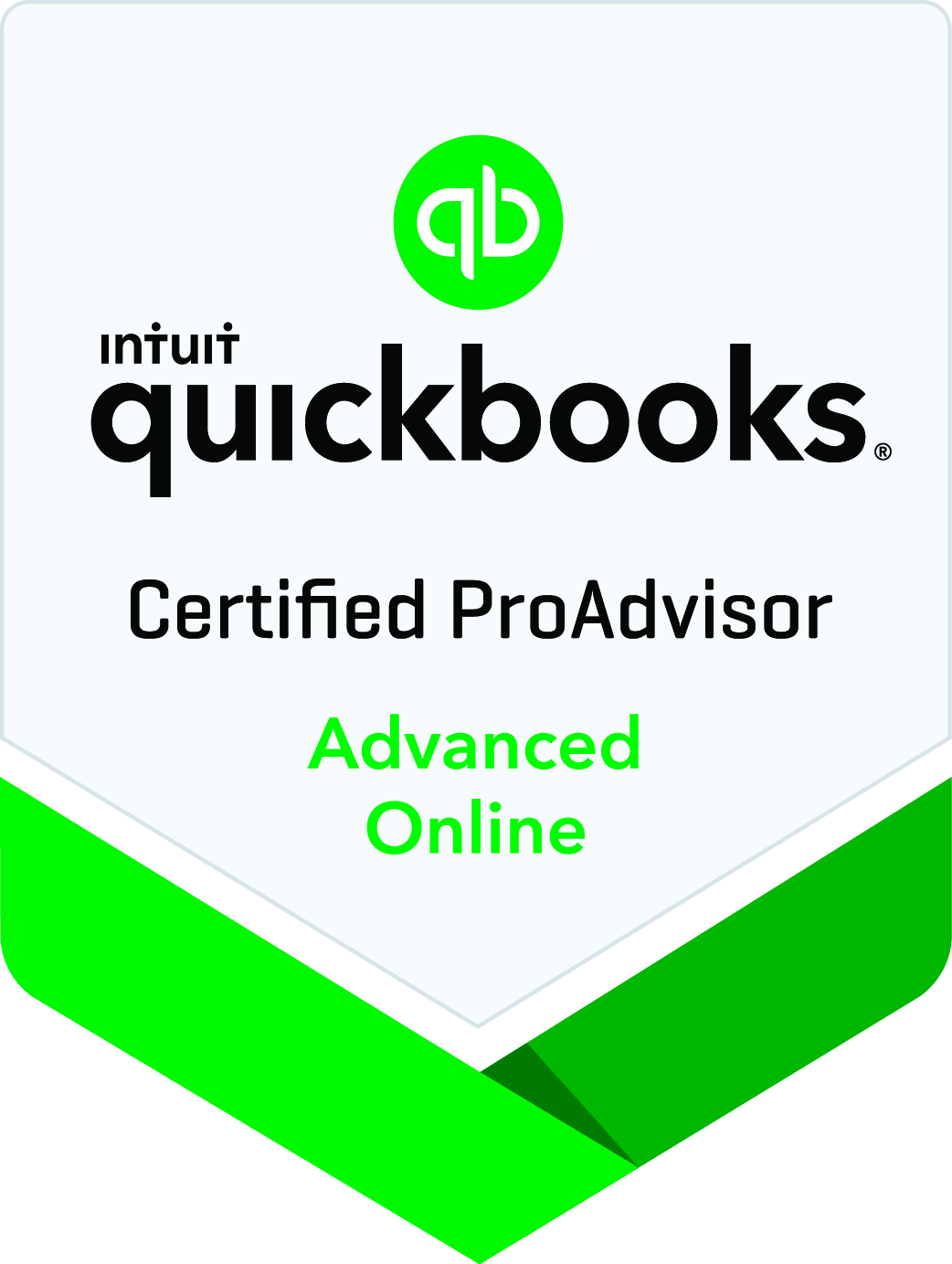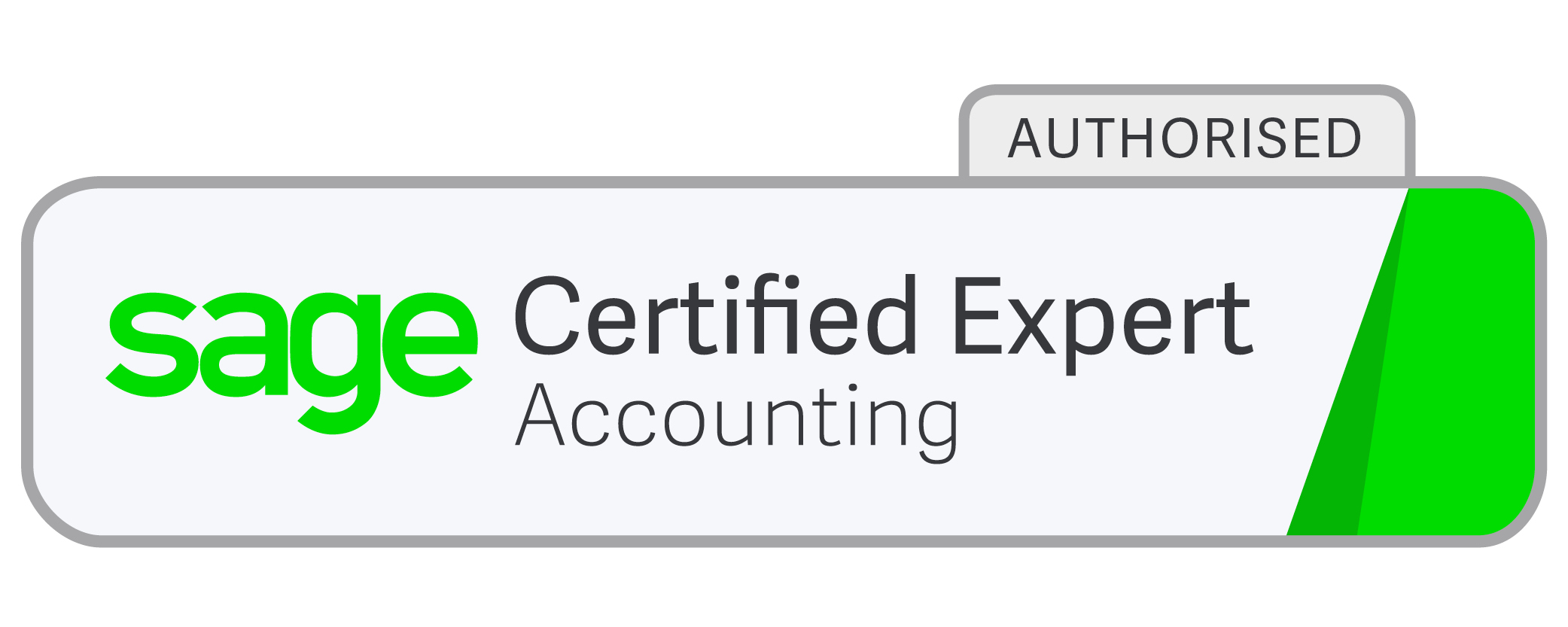December Questions and Answers
Newsletter issue - December 2021.
Q. I recently made an investment of £100,000 under the Seed EIS scheme. However, as I don't have much income in the current tax year, I am going to make a carry back claim. I have also read that there is a 50% CGT exemption available. Should I sell some of my listed share portfolio to take advantage of this?
A: Unlike the main EIS, the Seed EIS exemption you are talking about can only be matched to gains made in the year that the shares are acquired or treated as acquired - i.e. the year the income tax relief will be effective. If you make a carry back claim you will only be able to match the investment to gains made in 2020/21, so selling shares to generate gains won't work. You'll need to compare the overall relief using a carry back claim against not doing so and triggering gains to utilise the exemption.
Q. Our company is selling some fixed assets that are used for the trade. As a result of downscaling, we need to purchase some new equipment. Around half of the sales proceeds will be used to fund this. Is there a way to put off the corporation tax charge on any gain?
A: Gains on fixed assets are most likely to arise on trading premises, rather than say plant and machinery. Where a gain arises, the company can look to claim rollover relief, or partial relief, where some or all of the proceeds are used to purchase replacement assets. The new assets do not need to be of the same type as the old assets, so for example you could sell a building and use the proceeds to purchase new plant and machinery. To qualify, the new assets must be purchased in the period starting one year before and ending three years following of the date of disposal of the old assets. As you are only going to be using half the proceeds, you will be looking at a partial relief claim. HMRC's Helpsheet 290 contains guidance on how to calculate this once you know the figures.
Q. We operate in the hospitality sector. I am preparing our VAT return for the quarter ended 30 November 2021 and am confused about which rate to use, as the temporary rate of 5% changed to 12.5% on 1 October. Should we have applied the new rate as it was changed part way through the quarter?
A: No, there was no pre-emptive legislation regarding this, so the usual tax point rules apply. Anything that that had a tax point on or before 30 September should have been subject to 5%. As long as you have correctly applied the 12.5% rate from 1 October onward, you will be fine. Don't forget that the rate will revert to 20% from 1 April 2022.
 Cookies are small text files that are stored on your computer when you visit a website. They are mainly used as a way of improving the website functionalities or to provide more advanced statistical data.
Cookies are small text files that are stored on your computer when you visit a website. They are mainly used as a way of improving the website functionalities or to provide more advanced statistical data.



















